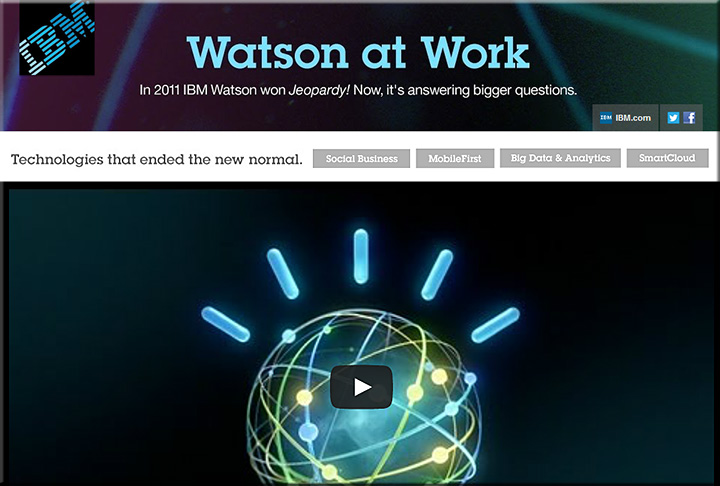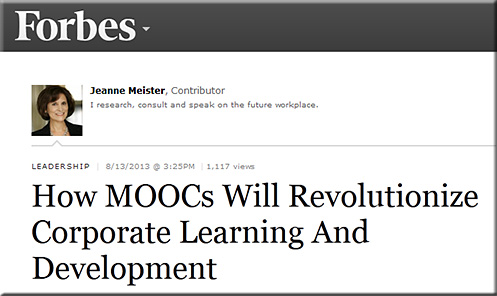Innovation imperative: Change everything — from nytimes.com by Clayton Christensen and Michael Horn; with a special thanks to Mr. Joel Adams at Calvin College for the resource here
Online education as an agent of transformation
Excerpt (emphasis DSC):
Like steam, online education is a disruptive innovation — one that introduces more convenient and affordable products or services that over time transform sectors. Yet many bricks-and-mortar colleges are making the same mistake as the once-dominant tall ships: they offer online courses but are not changing the existing model. They are not saving students time and money, the essential steps to disruption. And though their approach makes sense in the short term, it leaves them vulnerable as students gravitate toward less expensive colleges.
…
Still, the theory predicts that, be it steam or online education, existing consumers will ultimately adopt the disruption, and a host of struggling colleges and universities — the bottom 25 percent of every tier, we predict — will disappear or merge in the next 10 to 15 years. Already traditional universities are showing the strains of a broken business model, reflecting demand and pricing pressures previously unheard-of in higher education.
To serve them, it will enlist operators to create mini-campuses around the globe where clusters of its students will live and socialize together in residence halls, as well as take online courses and work together on projects.









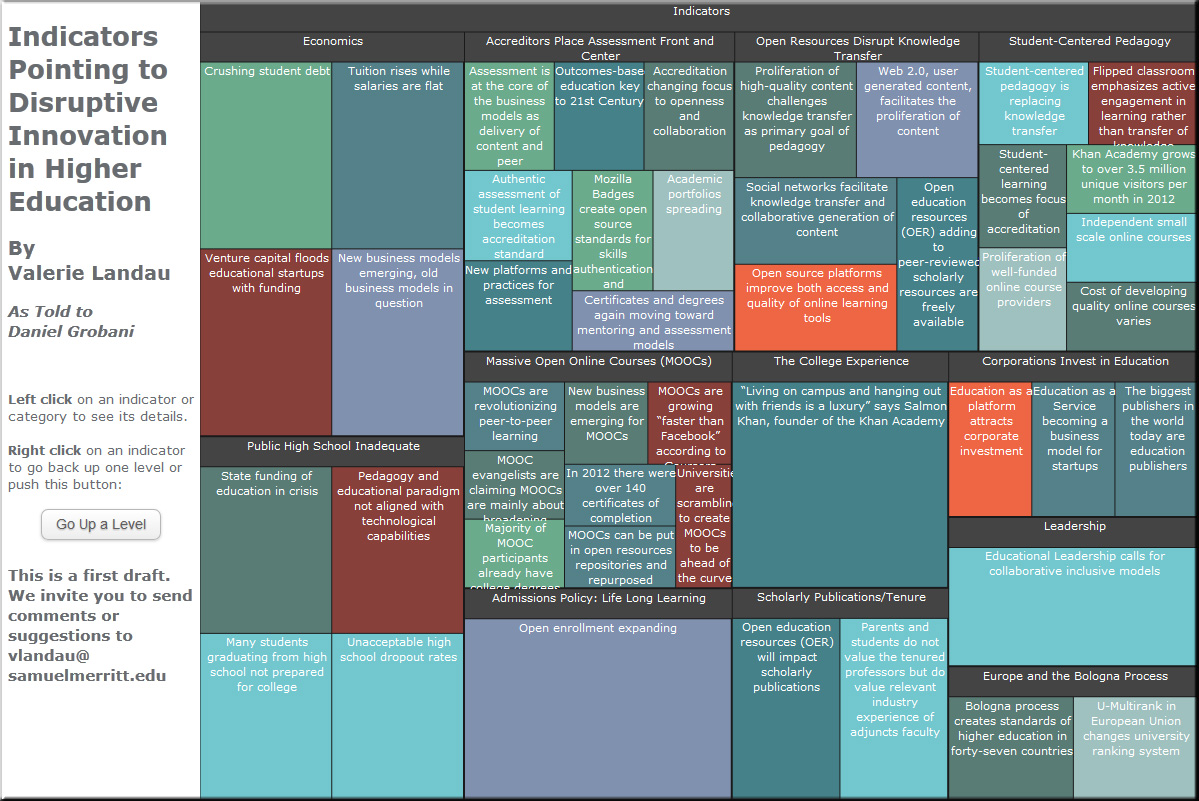
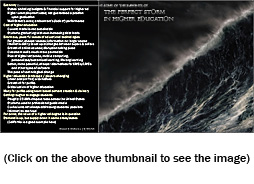
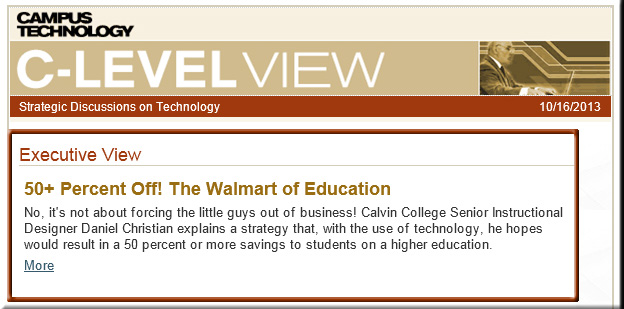
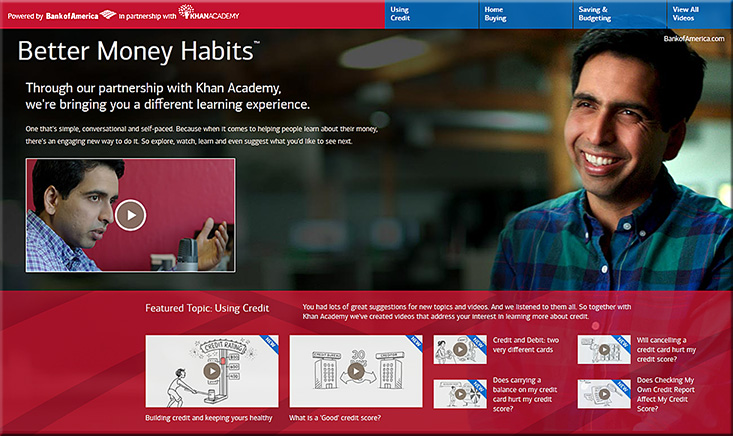
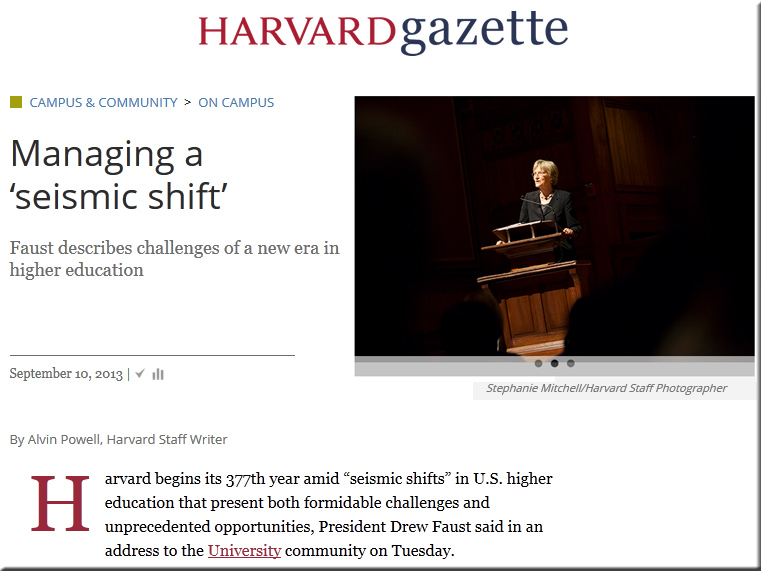

![The Living [Class] Room -- by Daniel Christian -- July 2012 -- a second device used in conjunction with a Smart/Connected TV](http://danielschristian.com/learning-ecosystems/wp-content/uploads/2012/07/The-Living-Class-Room-Daniel-S-Christian-July-2012.jpg)


